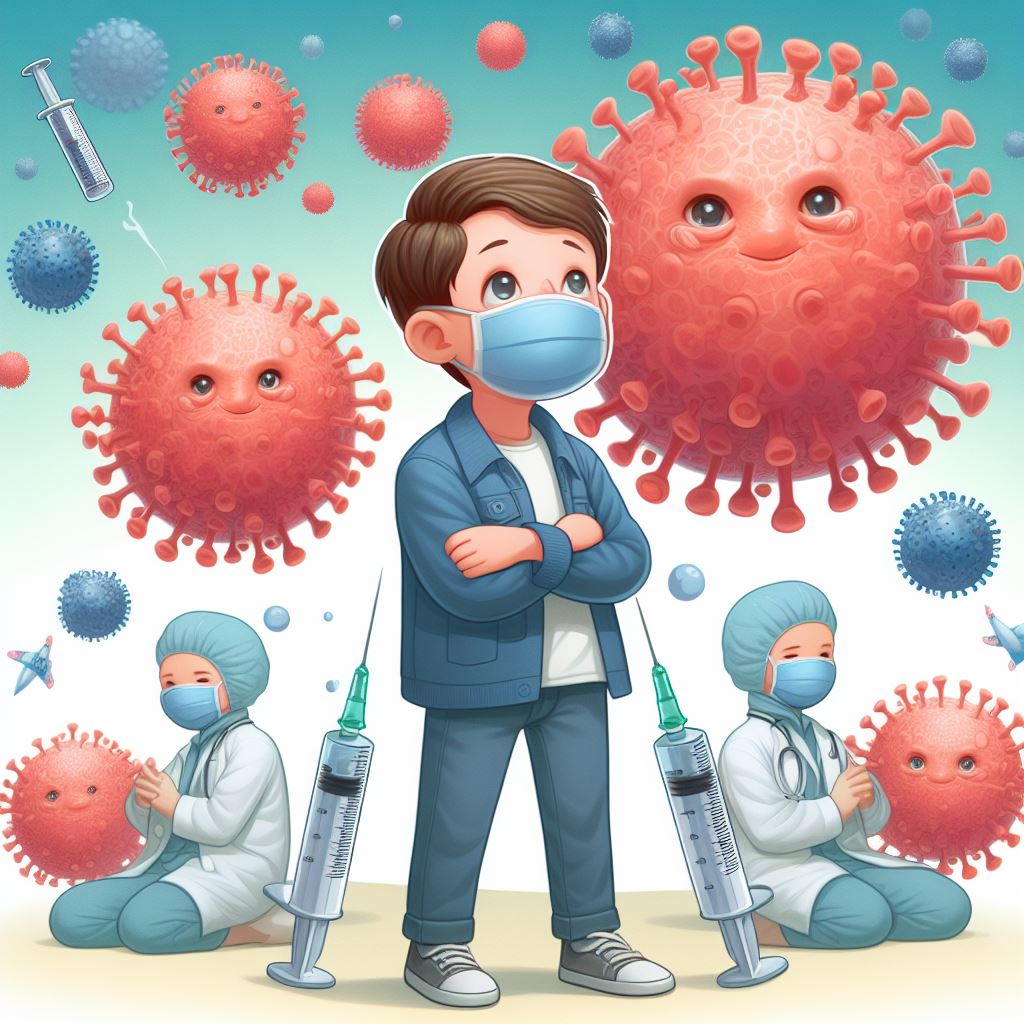The mumps, a once-common childhood illness, has made an unwelcome comeback in recent years. But here’s the twist: this resurgence isn’t just confined to unvaccinated individuals. An increasing number of cases are popping up in people who have, in fact, received the mumps vaccine. This unexpected development has sent scientists scrambling for answers, leaving the public with a pressing question: why is this happening?
Mumps: A Refresher
Mumps is a contagious viral infection characterized by swollen glands, fever, and muscle aches. While typically a mild illness in children, it can have serious complications in adults, including meningitis, deafness, and ovarian inflammation. The mumps vaccine, introduced in the 1960s, has been remarkably successful in curbing the spread of the disease. In the pre-vaccine era, the United States saw tens of thousands of mumps cases annually. Today, thanks to widespread vaccination, that number has plummeted to just a few hundred.
The Curious Case of the Vaccinated
So, why are we seeing a rise in mumps cases among vaccinated individuals? The answer, unfortunately, is complex and multifaceted. Here are some of the leading theories:
- Waning immunity: The mumps vaccine, like all vaccines, offers protection that diminishes over time. While highly effective initially, its potency can wane, especially in individuals vaccinated decades ago. This leaves some people susceptible to infection, particularly if exposed to a high viral load.
- Changes in the virus: The mumps virus itself is evolving. New strains may be emerging that are better able to evade the immune response generated by the current vaccine. This phenomenon, known as viral escape, poses a significant challenge to vaccine efficacy.
- Vaccination gaps: Despite its immense success, the mumps vaccination coverage rate is not perfect. Pockets of unvaccinated individuals, due to personal beliefs, medical exemptions, or access limitations, can act as reservoirs for the virus, facilitating its spread even among vaccinated populations.
- Transmission dynamics: Mumps is highly contagious, and outbreaks can occur rapidly in close-knit communities or settings like schools and universities. In such environments, even a small number of unvaccinated individuals can spark a chain reaction of infections, including among those who have been vaccinated but have waning immunity.
Unraveling the Mystery: Research Efforts Underway
Scientists are actively investigating the reasons behind the rise in mumps cases among vaccinated individuals. Studies are underway to analyze the waning immunity theory, assess the emergence of new viral strains, and understand the role of transmission dynamics in outbreak hotspots. This research is crucial for developing strategies to combat the evolving threat of mumps and ensure the continued effectiveness of the vaccine.
What Can We Do?
While the full picture remains unclear, there are steps we can take to protect ourselves and our communities:
- Ensure up-to-date vaccination: Individuals with incomplete or waning immunity should consider booster shots to strengthen their protection against mumps. Consulting a healthcare professional for personalized vaccination advice is crucial.
- Practice good hygiene: Frequent handwashing and cough etiquette remain essential measures to prevent the spread of germs, including the mumps virus.
- Stay informed: Keeping up with public health advisories and updates on mumps outbreaks in your area will help you make informed decisions about personal hygiene and social distancing measures.
- Support public health efforts: Investing in robust public health infrastructure and vaccination programs is key to controlling mumps outbreaks and protecting vulnerable populations.
The rise in mumps cases among vaccinated individuals is a wake-up call. It reminds us that even the most effective vaccines are not foolproof, and vigilance remains essential in the face of evolving infectious diseases. By understanding the science behind this phenomenon, practicing preventive measures, and supporting public health efforts, we can work together to keep mumps at bay and safeguard the health of our communities.


